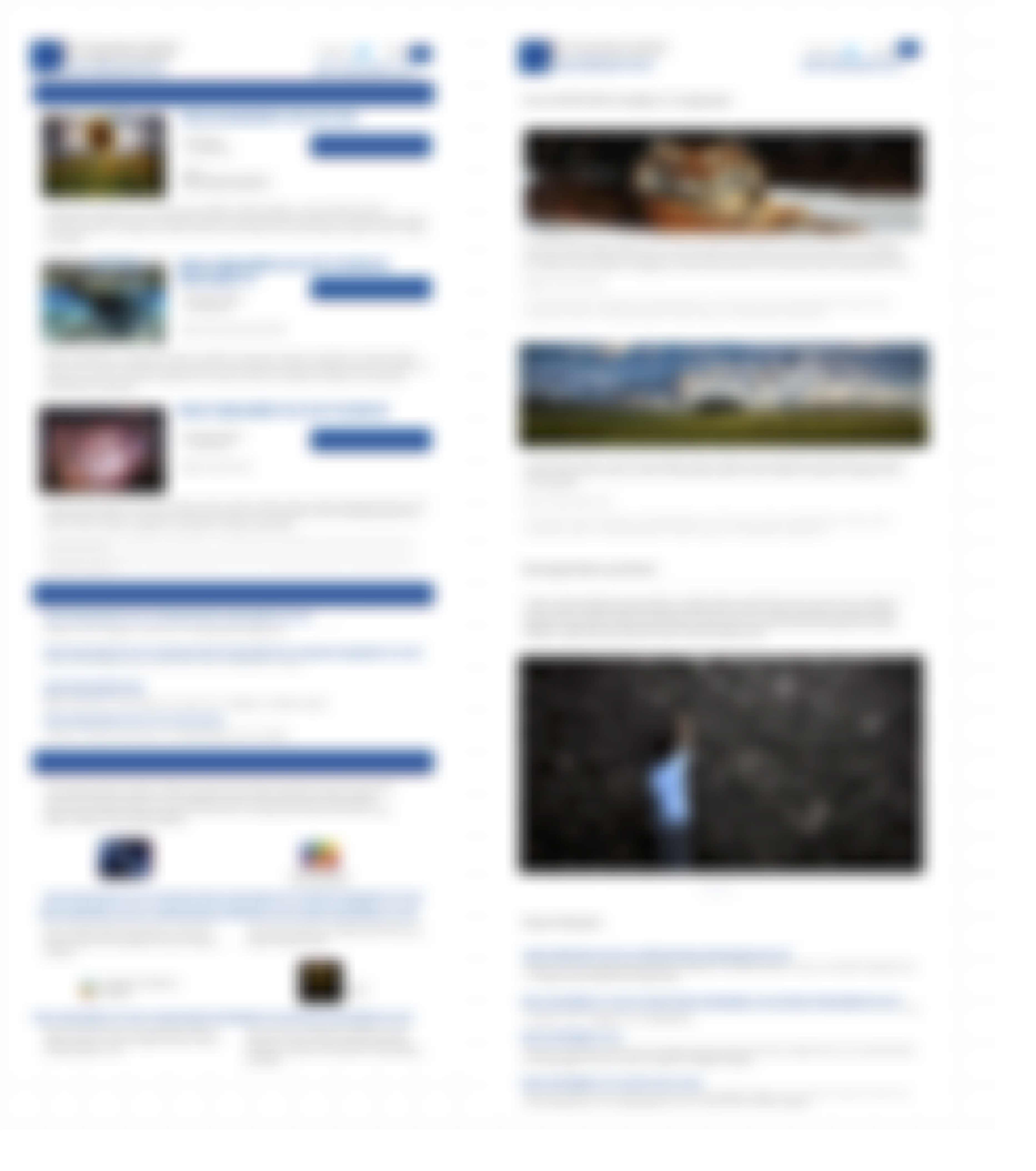I was asked to determine why the clickthrough rate on an eNewsletter was decreasing in recent months. As with many such questions, BJ Fogg’s Behavior Model is a great place to start:
B = M + A + T
Behavior = Motivation + Ability + Trigger
Some behaviors are more difficult to perform; or, in the case of product design, elicit from users. Regardless of the difficulty, their must be adequate motivation for the user to perform the task, the user must have the physical/mental/emotional ability to perform the task, and there must be a trigger to prompt the execution of the task. Additionally, all three of these must occur at the same time in order for the behavior to occur.
If the combined weight of these three factors does not meet the difficulty threshold for the task (at the time the the task needs to be performed), then the behavior will not occur. For example, imagine you want to wake up an hour earlier than usual in order to exercise:
- Groggily waking up to the sound a blaring alarm clock an hour earlier than usual might cause you to hit snooze button or turn the alarm off and go back to bed. (Motivation)
- If you stayed up too late or went out drinking the night before, you might be so tired or hungover that you sleep right through your alarm. (Ability)
- If your phone dies or you set the alarm for PM by mistake, then there will be nothing to wake you up in the morning. (Trigger)
Real-World Application
Why is my clickthrough rate decreasing on this eNewsletter? The most likely answers to that question are:
- The initial (higher) rate can be attributed to novelty and, now that the novelty has worn off, the rate is decreasing. This would mean that the eNewsletter has always lacked the content (motivation) or calls to action (trigger) necessary to sustain the desired level of behavior.
- Either the content (motivation) or calls to action (trigger) have changed, causing the decrease in clicks (behavior). This means that we should look at the high performing newsletters and compare those to the low performing in order to determine what works and what does not.
In either case, it is unlikely that ability is a material factor. In most cases, users who signed up for the newsletter should have the ability to click the link. It could be that they “don’t have the time” to click through, but I would argue that that is a failure to motivate, not a lack of ability.
Before I had even had a chance to look at the newsletters and data, I compiled a list of questions to help me gain the context necessary to assess the product:
- Who is the target market?
- How is the target made aware of the product?
- What is the registration/subscription process for gaining access to the product?
- How many new subscriptions per period (day/week/month)?
- How many newsletters are sent out per period (day/week/month)?
- How many unsubscribes per newsletter?
- What is the clickthrough rate for each newsletter?
- Has the content (motivation) or call to action (trigger) changed recently?
As it turns out, I only needed to ask the last two… After pulling the archives from the previous 12 months and placing them side-by-side, it was obvious that the style/format of the newsletter changed dramatically about 5 months ago. It just so happens that is around the same time that the clickthrough rate started to decrease. The redesign was slick and easier on the eyes, but it muted the triggers. Suddenly, the user’s “next steps” had become less obvious and the MAT no longer met the behavior threshold. Slight tweaks to the format/style to make the triggers more prominent should fix the issue.

Applying this to other problems
This example was centered around an eNewsletter, but the same process is transferrable to solving the “why?” behind behavior change in many products.
- Form a hypothesis on which part(s) of the behavior model are failing (motivation, ability, trigger)
- Gather context around what the product is, who uses, and why
- Evaluate usage data
- Make small, iterative changes to to the product
- Track changes in the data to see what impact you are having
